National Assembly Deputy Bui Hoai Son. (Source: National Assembly ) |
UNESCO's recognition of Phong Nha-Ke Bang National Park and Hin Nam No National Park as the first transboundary World Heritage Site between Vietnam and Laos is not only a historic event but also opens up a new model of conservation cooperation between countries in the region.
This success story clearly demonstrates the importance of protecting heritage across borders in the context of globalization and climate change.
Crossing geographical boundaries
Heritage spaces have long been understood as places that preserve unique natural and human values, associated with a specific community or nation. However, in today's era – an era of transboundary flows, global climate change, and the aspiration to preserve what humanity shares – that concept is no longer sufficient.
Heritage does not belong to anyone in particular. Preserving heritage requires a new approach, transcending administrative boundaries and ownership mindsets, and focusing on the shared values of solidarity, cooperation, and humanity.
UNESCO's recognition of Phong Nha-Ke Bang National Park and Hin Nam No National Park as the first transboundary World Natural Heritage site between Vietnam and Laos is a testament to this mindset. This decision is both symbolic and a turning point marking the maturity of conservation thinking in Southeast Asia – where natural values are not divided by borders, but are linked by hundreds of millions of years of geological history, by transnational ecosystems, and by a spirit of shared responsibility.
Within UNESCO's World Heritage system, transboundary sites are increasingly emphasized as a comprehensive solution for protecting vast ecosystems and ensuring the integrity and continuity of their values. It is no coincidence that the world has seen successful models such as the Wadden Mountains (Netherlands – Germany – Denmark), the Amazon rainforest (several South American countries), or the Carpathian Mountains (Poland – Slovakia – Ukraine). All demonstrate that only when nations look in the same direction and work together to preserve natural and cultural values can they protect something far greater.
In this context, Vietnam and Laos have demonstrated strategic vision by jointly developing the region's first cross-border heritage dossier. This action shows that we are partners with a shared responsibility to preserve "the invaluable assets of humanity." This event also marks the opening of a new approach in heritage policy that is not just about conservation, but about connection, cooperation, and sustainable development based on shared values.
Heritage no longer exists solely within museums or closed-off planning zones, but is transcending all boundaries, becoming symbols of peace , cooperation, and development. This is an inevitable trend and a shared responsibility of nations in their efforts to protect the Earth, because heritage is the memory of the past, a witness to the present, and a commitment to the future.
Connecting heritage, spreading its values.
On the world heritage map, few places simultaneously bear the mark of geological history and forge strong bonds of friendship between two nations like Phong Nha - Ke Bang and Hin Nam No. These are not just names, but images of a seamless natural whole – a place where ancient limestone karst ecosystems stretch across the Annam mountain range, a place that knows no "border."
UNESCO's historic decision to recognize Phong Nha-Ke Bang National Park and Hin Nam No National Park as the first transboundary World Heritage Site between Vietnam and Laos is a resounding echo of a new conservation mindset, transcending geographical boundaries and administrative boundaries to protect the shared values of nature and humanity.
At the heart of this process is Vietnam's amended 2024 Law on Cultural Heritage – the first document to incorporate the concept of "transnational heritage" into a legal framework. The law clearly stipulates "international cooperation in the preparation of dossiers, management, monitoring, and promotion of the value of cross-border heritage," marking a leap forward in conservation thinking: it is no longer a matter for one nation, but a shared responsibility of global significance.
In fact, since 2018, experts, officials, and managers from both countries have worked together to overcome language barriers, legal limitations, and procedural obstacles to build a joint dossier. For the first time, the Vietnam Department of Cultural Heritage assisted Laos in finalizing the nomination documents, exchanged experts, and organized workshops to guide the dossier according to IUCN criteria – a perfect combination of professional expertise and international solidarity.
Phong Nha - Ke Bang has been recognized by UNESCO twice (2003, 2015), but the third time, when it "joined hands" with Hin Nam No, truly demonstrated its strategic depth: Conservation is not just about preserving physical values, but about building trust, connecting communities, and expanding the sphere of influence for sustainable development right from the border area, which was once a low-lying region in terms of investment and attention.
Notably, the 2024 Law on Cultural Heritage also places local communities at the center of the heritage system. Ethnic minorities in border areas, with their silent indigenous knowledge of caves, forests, and conservation practices, are now "objects of protection," co-authors and co-subjects in all policy decisions. They are simultaneously forest keepers, guides, and authentic cultural representatives for every international delegation visiting the area.
When heritage becomes an integral part of community life, helping them develop ecotourism, homestay services, and forest conservation, the true value of Phong Nha - Hin Nam No is not simply "beautiful and pristine" nature, but also "a prosperous community, where knowledge is honored and responsibility is shared."
In this context, the 2024 Law on Cultural Heritage is considered the legal "backbone," creating a transparent framework for all parties to act together: from simple things like exchanging research data, coordinating monitoring of illegal exploitation, and sharing scientific assessment reports, to developing green credit policies and multi-purpose forest governance on a transnational basis, all are codified into law.
Beyond the story of heritage preservation, Phong Nha - Ke Bang and Hin Nam No represent a journey of trust between nations, of respect for law and tradition, and of a strategic vision for border region development, where conservation, community development, and international cooperation intertwine. This is a vivid testament to a forward-thinking heritage approach: open, cross-border, and responsive to the times.
Phong Nha-Ke Bang National Park was recognized by UNESCO as a World Natural Heritage Site in 2003 and 2015. (Source: TITC) |
A symbol of friendship, peace, and sustainable development.
Some heritage sites are recognized for their breathtaking natural beauty. Others are celebrated for their rich history or unique biological features. But there are also heritage sites, like Phong Nha-Ke Bang and Hin Nam No, that embody values that transcend all others: peace, friendship, and shared development between two nations.
This heritage site is not only a geological wonder over 400 million years old, but also the culmination of the loyal and unwavering relationship between Vietnam and Laos, nurtured by blood and sacrifice during the war, by cooperation in peacetime, and now by joint efforts in preserving this shared heritage of humanity. Jointly nominating a transnational heritage site is a professional activity, but also a symbolic act demonstrating the profound political vision and long-term strategic commitment between the two countries.
It is heritage sites like Phong Nha - Ke Bang and Hin Nam No that have become that soft fortress, where every cave, every underground river, every karst forest... tells a story of coexistence, of the choice to connect.
From a policy perspective, the establishment of the first transnational heritage site between Vietnam and Laos is a significant milestone in the "heritage diplomacy" strategy – a form of soft diplomacy increasingly being effectively utilized by countries to enhance their national standing and build an image of a friendly and responsible nation within the international community. In the Resolution on Vietnam's new cultural diplomacy strategy, heritage cooperation activities, including the development of cross-border dossiers, have been clearly defined as a pillar of people-to-people diplomacy, cultural diplomacy, and multilateral diplomacy.
Conversely, heritage itself also benefits from this proactive foreign policy. Close coordination between heritage management agencies, scientific research organizations, forest protection forces, and communities on both sides of the border has created a sustainable operating mechanism, enhancing the resilience of heritage to climate change and human impacts. At the same time, bilateral cooperation agreements signed between provinces, ministries, and special forest management boards have become a new "social contract" to protect not only resources, but also trust and responsibility.
From then on, Phong Nha - Hin Nam No is not simply a scenic spot or a special ecological area. It has become a living symbol of a new model of cooperation among developing countries in the ASEAN region: sharing knowledge, improving management capacity, and most importantly, preserving heritage for future generations.
Heritage, once again, affirms its role as a gentle bridge connecting peoples, a convergence point of culture, ecology, history, and politics – a place where peace is both a goal and a process nurtured daily through every step of exploration, every handshake of cooperation, and every generation living in harmony with nature.
One of the unique caves in Hin Nam No National Park. (Source: Laotian Times) |
Transnational heritage conservation cooperation strategy
When Phong Nha – Ke Bang joined forces with Hin Nam No, the first transnational cooperation model in the field of conservation in Southeast Asia was officially established. This model is symbolic and opens a new direction for Vietnam and Laos, and more broadly the entire region, in their efforts to preserve natural and cultural values threatened by uncontrolled development, climate change, and global biodiversity loss.
Phong Nha – Ke Bang and Hin Nam No are examples of proactive integration: Instead of waiting for recognition to establish connections, proactive collaboration creates greater value for each party. This also demonstrates Vietnam's increasingly mature capacity in managing, documenting, and operating heritage sites from the national to international levels, with the extensive participation of specialized agencies, scientists, local communities, and international organizations.
From here, we can certainly think of new transnational heritage sites, such as the Truong Son rainforest region – a mountain range shared with Laos and Cambodia; or the Ha Giang karst plateau – which has geological and cultural connections with Yunnan province (China). Each such space presents an opportunity for Vietnam to play a pioneering role in creating common conservation mechanisms, building regional ecological corridors, and promoting sustainable transnational ecotourism development.
To achieve this, a long-term strategy for heritage cooperation is needed, in which the amended Cultural Heritage Law of 2024 has paved the way with provisions allowing for the establishment of co-management mechanisms, benefit sharing, data sharing for research, and enhanced international cooperation in training, protection, and promotion of heritage values. Further efforts are needed in “heritage diplomacy”—connecting embassies, international organizations, and the UNESCO network in neighboring countries—to build common ground in awareness, priorities, and commitment to conservation in a rapidly changing region.
At the same time, stronger investment is needed in interdisciplinary science, especially geology, ecology, anthropology, and digital heritage technology, to enhance research, assessment, warning, and management capabilities. From there, the creation of heritage dossiers will serve both as a registration process and a sustainable value creation process, bringing practical benefits to nature, people, and development policies.
In the context of ASEAN's efforts to strengthen intra-regional connectivity, transnational conservation will be a new pillar for regional cooperation – where heritage acts as the glue connecting culture, ecology, economy, and people-to-people diplomacy. When nations look in the same direction in preserving the most sacred aspects of nature and history, peace and development will no longer be slogans, but a real flow.
UNESCO's recognition of Phong Nha-Ke Bang National Park and Hin Nam No National Park as the first transnational World Heritage Site of Vietnam and Laos opens a new horizon – where conservation is also action for the future. A future in which every forest, every cave, every person is preserved, respected, and developed in a world that increasingly needs sharing.
Source: https://baoquocte.vn/di-san-lien-bien-gioi-thanh-luy-mem-ke-chuyen-gan-ket-va-phat-trien-ben-vung-322066.html



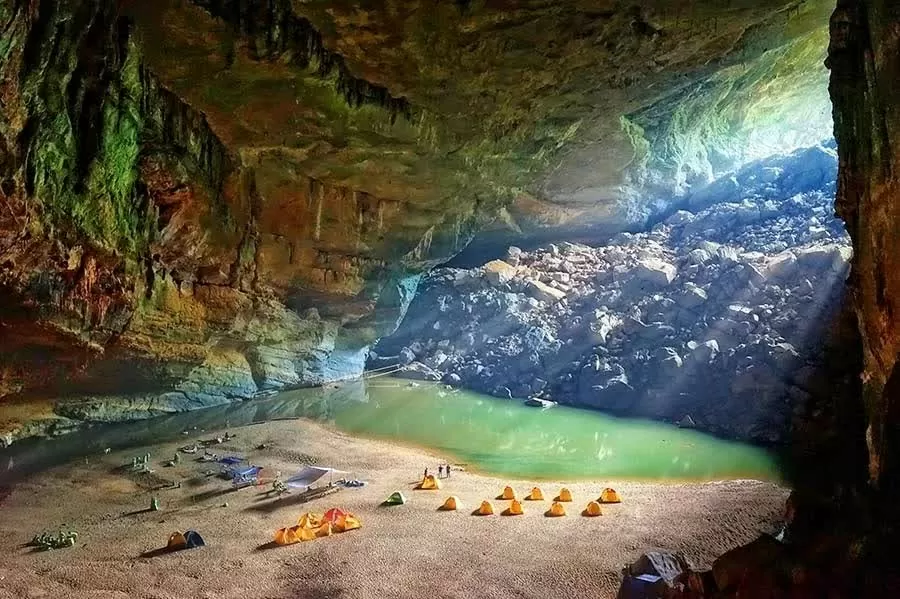
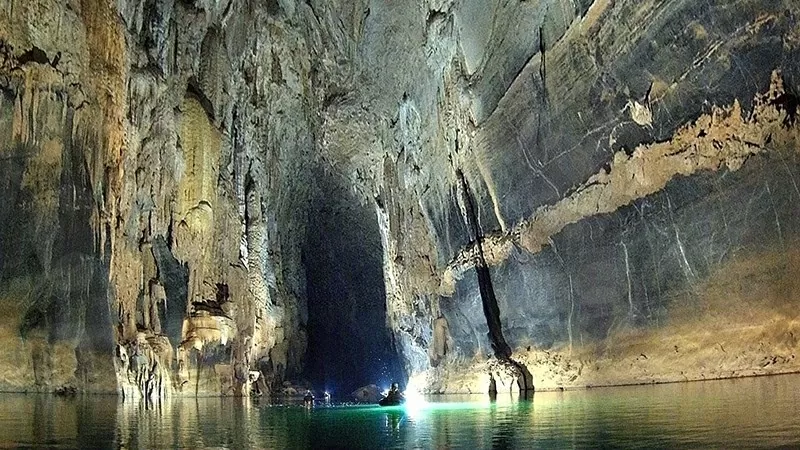





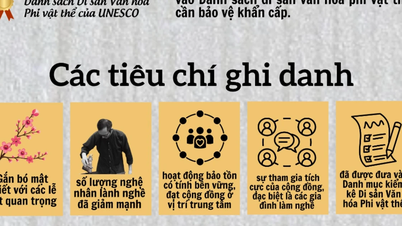



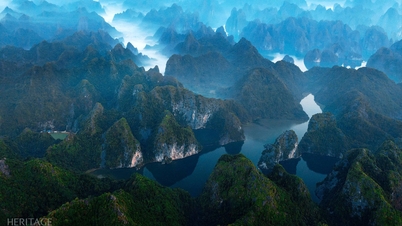

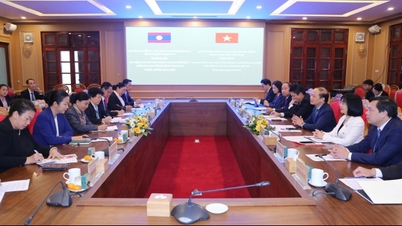


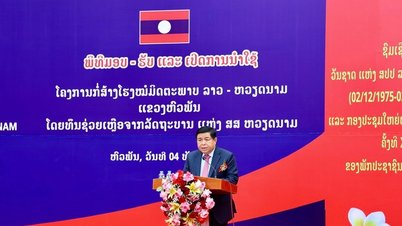
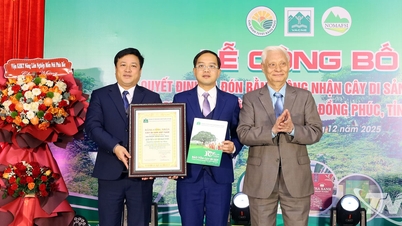


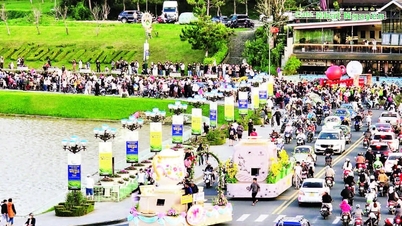

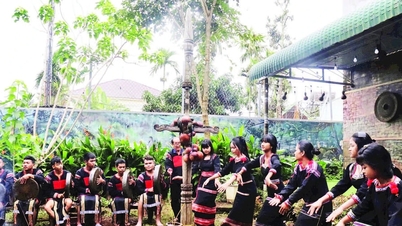
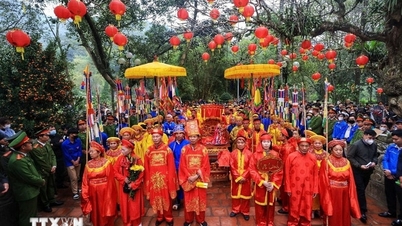

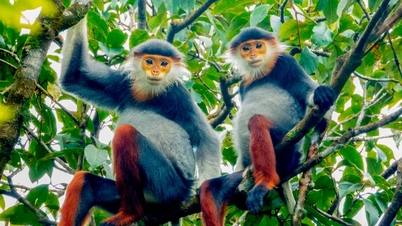






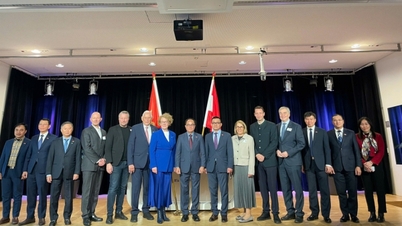
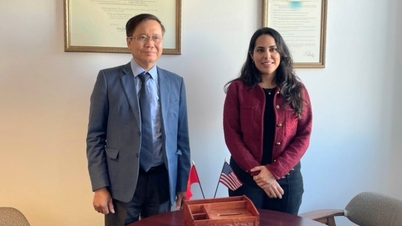



![[Photo] Prime Minister Pham Minh Chinh holds a phone call with the CEO of Russia's Rosatom Corporation.](/_next/image?url=https%3A%2F%2Fvphoto.vietnam.vn%2Fthumb%2F1200x675%2Fvietnam%2Fresource%2FIMAGE%2F2025%2F12%2F11%2F1765464552365_dsc-5295-jpg.webp&w=3840&q=75)









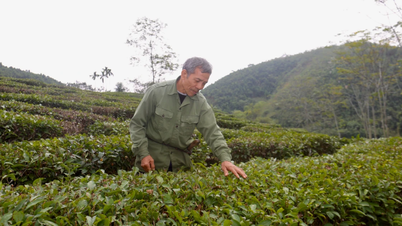






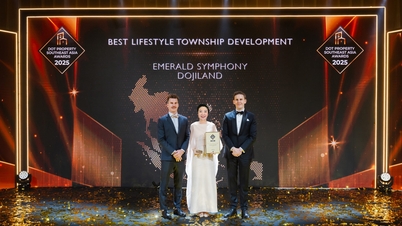

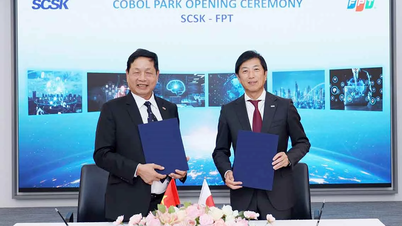



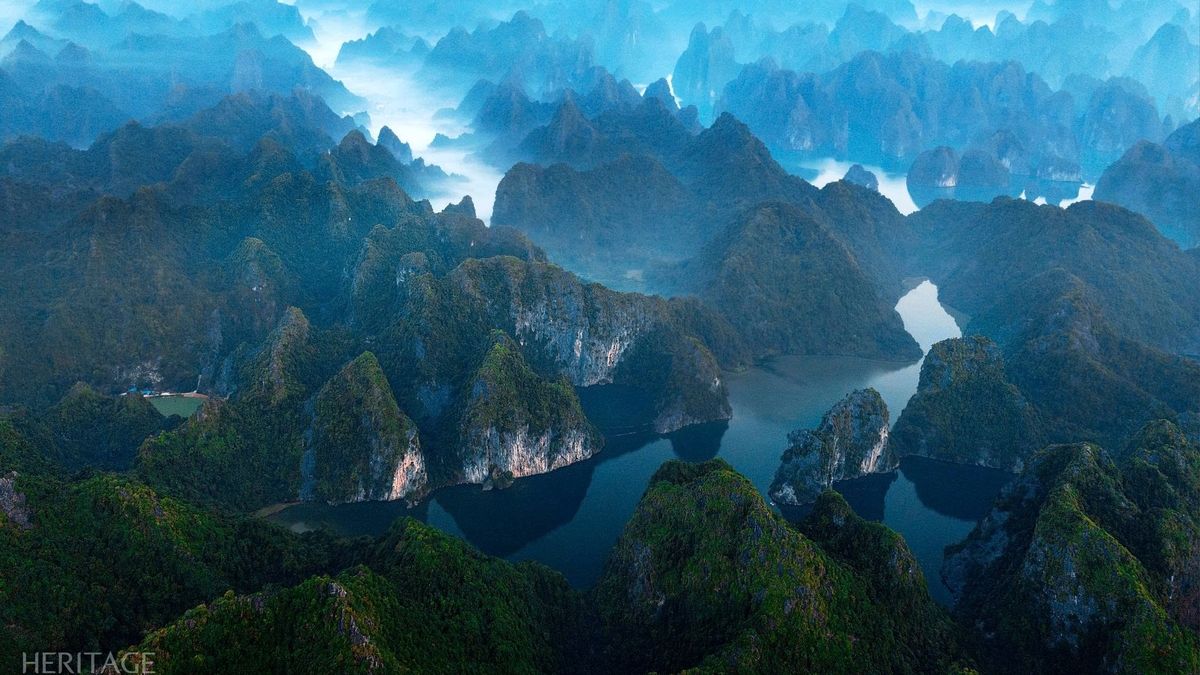











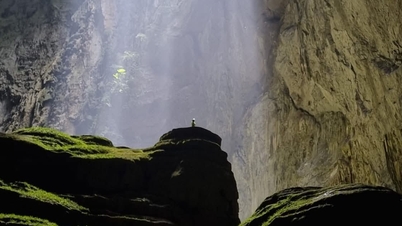







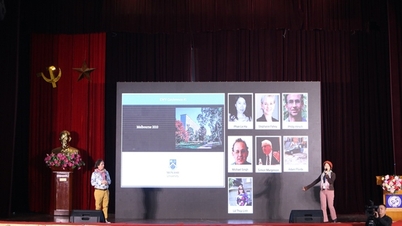






















Comment (0)